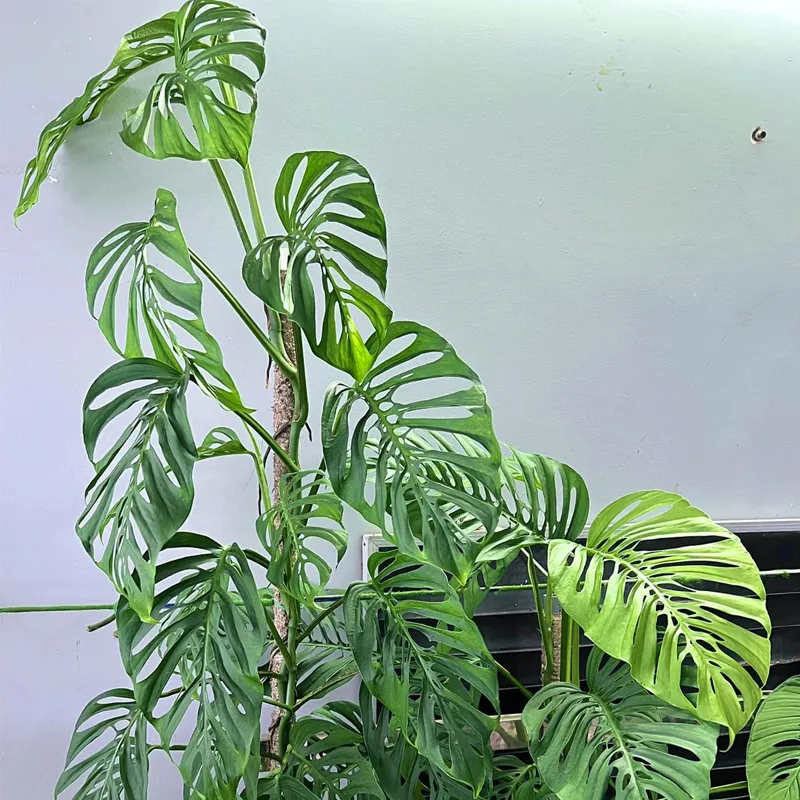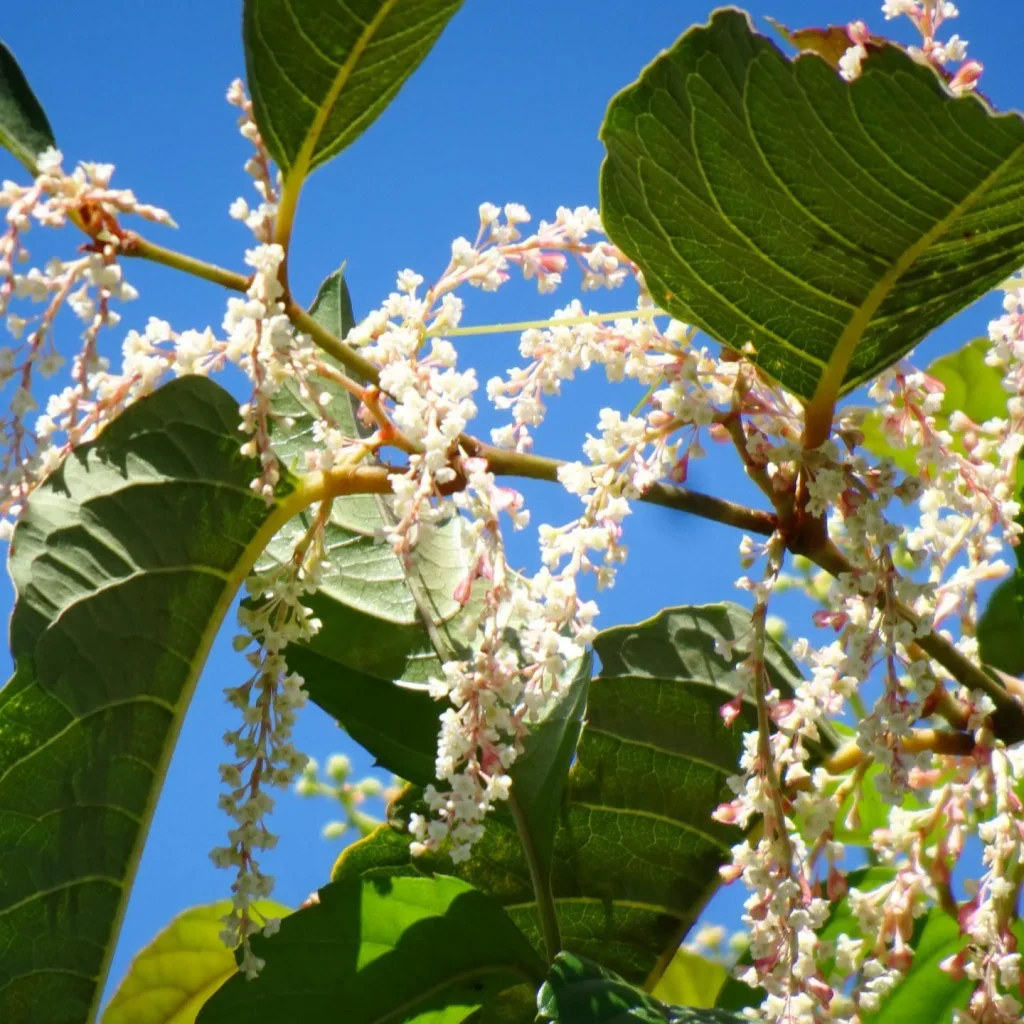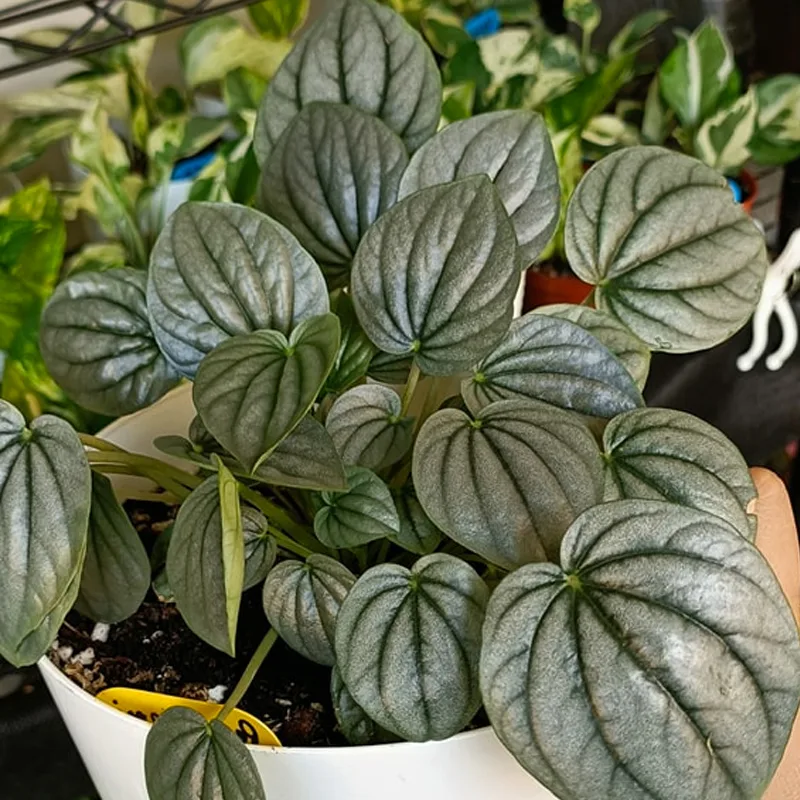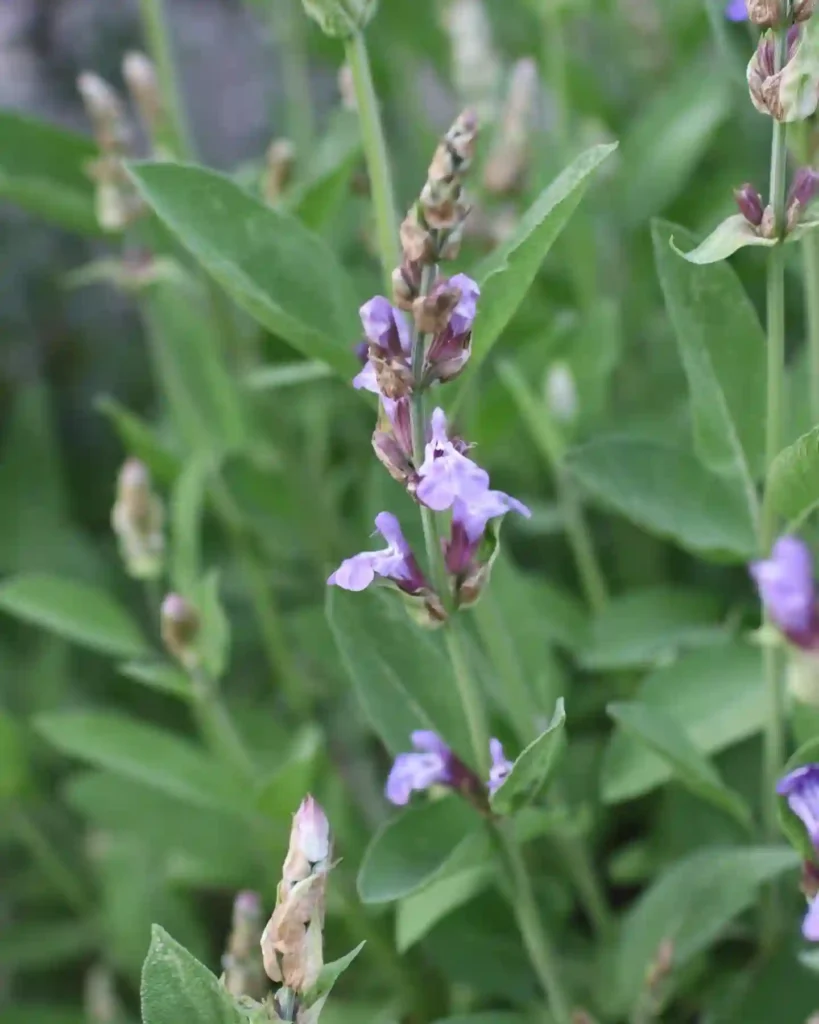FAQs About Cryptantha: A Comprehensive Guide
When diving into the world of plants, Cryptantha is a name that often comes up. This fascinating genus is rich with diversity and offers a variety of species, each with its unique charm. As a plant enthusiast, I’ve spent a lot of time exploring and caring for these plants, and I want to share what I’ve learned about them.
What is Cryptantha?
Cryptantha is a genus in the Boraginaceae family, which includes many small, often delicate plants commonly known as Cryptanthas (not Cryptanthus). These plants are native to North and Central America and are known for their small, intricate flowers and compact growth. Some species are adapted to arid environments, while others thrive in more temperate conditions.
Cryptantha species
- Cryptantha affinis (A.Gray) Greene
- Cryptantha alfalfalis (Phil.) I.M.Johnst.
- Cryptantha alyssoides (DC.) Reiche
- Cryptantha ambigua (A.Gray) Greene
- Cryptantha aprica (Phil.) Reiche
- Cryptantha arenophila Rebman & M.G.Simpson
- Cryptantha argentea I.M.Johnst.
- Cryptantha barbigera (A.Gray) Greene
- Cryptantha bridgesii (Phil.) Brand
- Cryptantha buchtienii Brand
- Cryptantha calycina (Phil.) Reiche
- Cryptantha calycotricha I.M.Johnst.
- Cryptantha capituliflora (Clos) Reiche
- Cryptantha catalinensis M.G.Simpson & Rebman
- Cryptantha chaetocalyx (Phil.) I.M.Johnst.
- Cryptantha clandestina (Trevir. ex DC.) I.M.Johnst.
- Cryptantha clemensae Payson
- Cryptantha clementina Rebman & M.G.Simpson
- Cryptantha clevelandii Greene
- Cryptantha clokeyi I.M.Johnst.
- Cryptantha congesta (Poepp. ex A.DC.) Greene
- Cryptantha crassisepala (Torr. & A.Gray) Greene
- Cryptantha crinita Greene
- Cryptantha cycloptera (Greene) Greene
- Cryptantha cynoglossoides (Phil.) I.M.Johnst.
- Cryptantha decipiens (M.E.Jones) A.Heller
- Cryptantha dichita (Phil.) I.M.Johnst.
- Cryptantha diffusa (Phil.) I.M.Johnst.
- Cryptantha dimorpha (Phil.) Greene
- Cryptantha dissita I.M.Johnst.
- Cryptantha dolichophylla (Phil.) Reiche
- Cryptantha dumetorum (Greene ex A.Gray) Greene
- Cryptantha echinella Greene
- Cryptantha echinosepala J.F.Macbr.
- Cryptantha excavata Brandegee
- Cryptantha fendleri (A.Gray) Greene
- Cryptantha filaginea (Phil.) Reiche
- Cryptantha filiformifolia J.F.Macbr.
- Cryptantha filiformis (Phil.) Reiche
- Cryptantha flaccida (Douglas ex Lehm.) Greene
- Cryptantha foliosa (Greene) Greene
- Cryptantha ganderi I.M.Johnst.
- Cryptantha glareosa (Phil.) Greene
- Cryptantha globulifera (Clos) Reiche
- Cryptantha glomeriflora Greene
- Cryptantha glomerulifera (Phil.) I.M.Johnst.
- Cryptantha gnaphalioides (A.DC.) Reiche
- Cryptantha gracilis Osterh.
- Cryptantha grandiflora Rydb.
- Cryptantha granulosa (Ruiz & Pav.) I.M.Johnst.
- Cryptantha haplostachya (Phil.) I.M.Johnst.
- Cryptantha hispida (Phil.) Reiche
- Cryptantha hispidissima Greene
- Cryptantha hispidula Greene ex Brand
- Cryptantha hooveri I.M.Johnst.
- Cryptantha incana Greene
- Cryptantha intermedia (A.Gray) Greene
- Cryptantha involucrata (Phil.) Reiche
- Cryptantha juniperensis R.B.Kelley & M.G.Simpson
- Cryptantha kelseyana Greene
- Cryptantha kingii Reiche
- Cryptantha kinkiensis Rebman & M.G.Simpson
- Cryptantha latefissa R.L.Pérez-Mor.
- Cryptantha leiocarpa (Fisch. & C.A.Mey.) Greene
- Cryptantha limensis (A.DC.) I.M.Johnst.
- Cryptantha linearis (A.DC.) Greene
- Cryptantha longifolia Reiche
- Cryptantha longiseta (Phil.) Brand
- Cryptantha macrocalyx (Phil.) Reiche
- Cryptantha marioricardiana Teillier
- Cryptantha mariposae I.M.Johnst.
- Cryptantha maritima (Greene) Greene
- Cryptantha marticorenae J.Grau
- Cryptantha martirensis M.G.Simpson & Rebman
- Cryptantha mendocina I.M.Johnst.
- Cryptantha microstachys (Greene ex A.Gray) Greene
- Cryptantha milobakeri I.M.Johnst.
- Cryptantha minima Rydb.
- Cryptantha mohavensis (Greene) Greene
- Cryptantha multicaulis A.Nelson
- Cryptantha muricata (Hook. & Arn.) A.Nelson & J.F.Macbr.
- Cryptantha nemaclada Greene
- Cryptantha nevadensis A.Nelson & P.B.Kenn.
- Cryptantha oxygona (A.Gray) Greene
- Cryptantha papillosa R.L.Pérez-Mor.
- Cryptantha patagonica (Speg.) I.M.Johnst.
- Cryptantha patula Greene
- Cryptantha peruviana I.M.Johnst.
- Cryptantha phacelioides (Clos) Reiche
- Cryptantha pondii Greene
- Cryptantha pterocarya (Torr.) Greene
- Cryptantha recurvata Coville
- Cryptantha romanii I.M.Johnst.
- Cryptantha rostellata (Greene) Greene
- Cryptantha scoparia A.Nelson
- Cryptantha simulans Greene
- Cryptantha spathulata Reiche
- Cryptantha subamplexicaulis (Phil.) Reiche
- Cryptantha taltalensis I.M.Johnst.
- Cryptantha texana (A.DC.) Greene
- Cryptantha torreyana (A.Gray) Greene
- Cryptantha traskiae I.M.Johnst.
- Cryptantha utahensis (A.Gray) Greene
- Cryptantha varians Brand
- Cryptantha vidalii (Phil.) Reiche
- Cryptantha virens (Phil.) Reiche
- Cryptantha volckmannii (Phil.) I.M.Johnst.
- Cryptantha watsonii (A.Gray) Greene
- Cryptantha werdermanniana I.M.Johnst.
- Cryptantha wigginsii I.M.Johnst.
How to Care for Cryptantha?
Caring for Cryptantha requires understanding their native habitats. Here are some general tips:
- Soil: Cryptantha thrives in well-draining soil. A mix of sand, gravel, and soil often works best.
- Watering: These plants prefer dry conditions. Overwatering can lead to root rot, so let the soil dry out between waterings.
- Sunlight: Most Cryptantha species enjoy full sun. They can tolerate some shade, but they generally perform best with plenty of light.
- Temperature: They are typically hardy plants, but be mindful of extreme temperatures. Some species may need protection during harsh winters.
How to Propagate Cryptantha?
Propagation can be done through seeds or cuttings:
- Seeds: Collect seeds from mature plants and sow them in a well-draining soil mix. Keep the soil lightly moist until germination.
- Cuttings: Take cuttings from healthy plants and allow them to callus before planting in soil. Keep the cuttings in a warm, bright location.
What to Plant with Cryptantha?
Cryptantha pairs well with other drought-tolerant plants. Consider these companions:
- Succulents: Their low water requirements and similar soil needs make them ideal partners.
- Lavender: Provides a contrasting color and fragrance while enjoying similar growing conditions.
- Rock Gardens: Cryptantha’s small size and unique appearance make it a great addition to rock gardens.
Common Problems and Solutions
- Pests: Keep an eye out for common garden pests like aphids and spider mites. Treat infestations promptly with insecticidal soap or neem oil.
- Disease: Fungal diseases can affect Cryptantha, especially if overwatered. Ensure good air circulation and avoid overhead watering.
Conclusion
Cryptantha offers a rich diversity of species, each with its unique needs and characteristics. Whether you’re growing Cryptantha Intermedia, Cryptantha Pterocarya, or any other species, understanding their requirements can help you cultivate a thriving garden. With proper care and the right conditions, these plants can add beauty and interest to your landscape.
If i die, water my plants!



